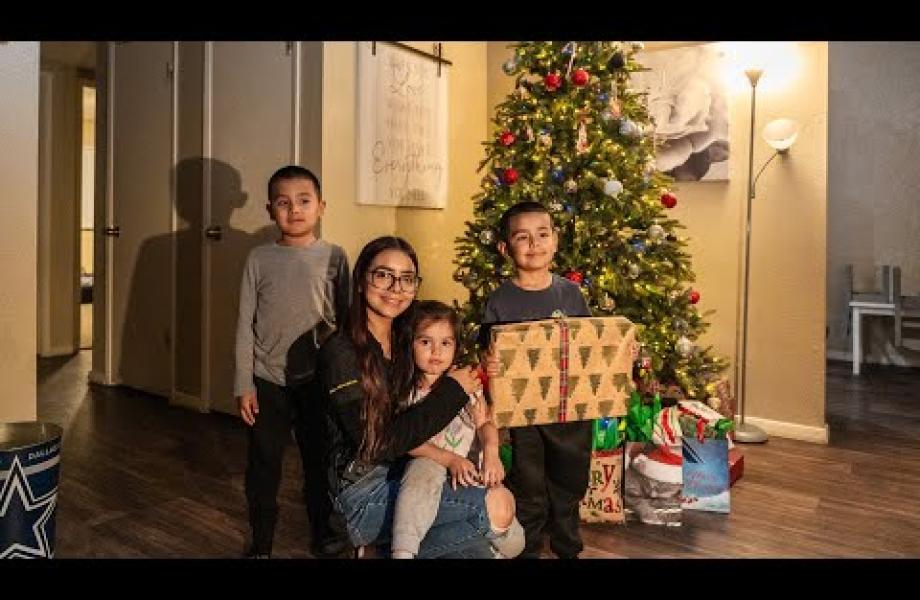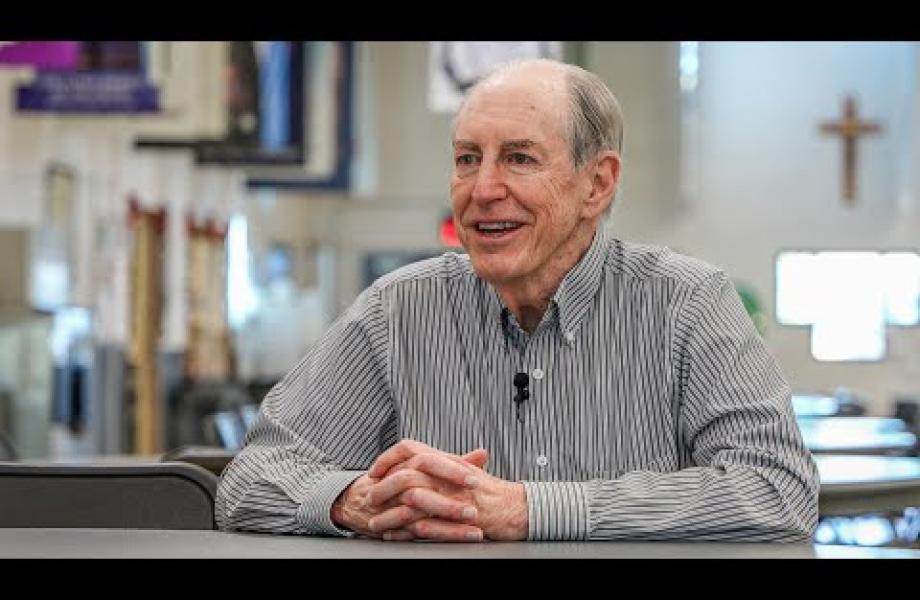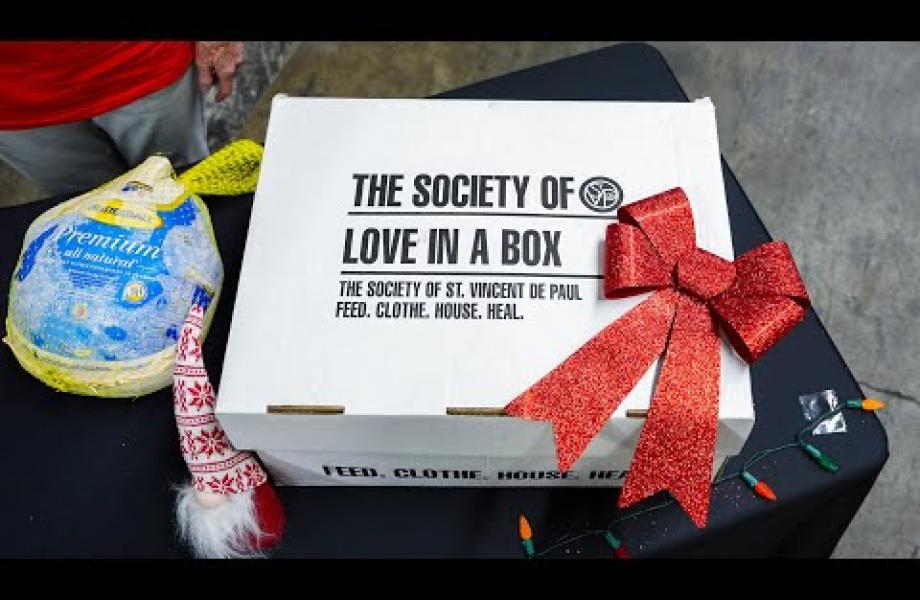The Sticky Science of Strawberry DNA
It is 5 o’clock in the afternoon at St. Vincent de Paul and three students from Arizona State University’s Women in STEM organization have taken over the Dream Center, the educational area inside SVdP’s family dining room. In a small room next to the dining hall, these women set up a makeshift science lab.
“This can get messy. We’re mixing, smashing and straining to get the perfect solution”, explains Phoebe Newell, President of ASU’s Women in STEM program. “This experiment is a great way for kids to get a hands-on experience and understand how science works.”
As she talks, Phoebe is preparing the rest of the supplies needed for the experiment. She places 15 small bags filled with strawberries, plastic cups, salt, dish soap and rubbing alcohol onto the perfectly wrapped tables.
“Okay, we’re ready for them. Let them in.”
The women of STEM smile as an announcement reverberates through the dining hall, and in a flash comes a storm of students ready to put their scientific skills to the test.
Once the excited chatter dies down and introductions are made, the Dream Center students learn what is in store for them.
“Today, we’re extracting DNA from strawberries!” Phoebe excitedly announces. Her statement is met with a mixture of cheers and confusion.
Two students talk amongst themselves, confused. “You can’t see DNA. It’s really, really small.”
Phoebe smiles and explains that strawberries have 8 copies of their DNA, which makes it a lot easier to see. Most organisms have only one copy per cell.
“You can touch it?” a student asks. If the kids were not already excited, they are now.
“Yes, you can!” Phoebe smiles, “Are you ready to begin?”
“Yes!” they all shout and they gear up to explore the sticky science of strawberry DNA.
Thursdays are STEM nights at SVdP’s Dream Center. If you are interested in volunteering or leading an activity having to do with science, technology, engineering or math, email [email protected].



